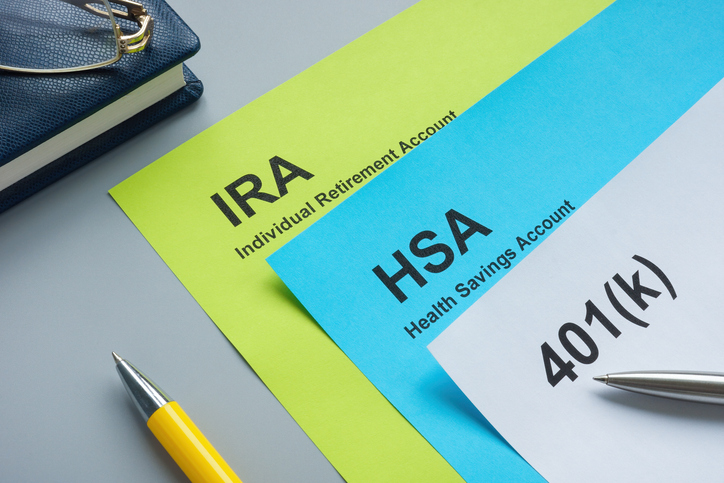There is an interesting parallel between the sharp downturn in economic activity in 1937-38 and the current effort to bailout the finance industry. Government actions do not always achieve the intended goals.
The recovery from the Great Depression was well on its way in the middle 1930s when the Federal Reserve observed that banks were holding more than twice the level of reserves required by the Fed. Given the authority under the Banking Act of 1935, the Board of Governors of the Federal Reserve System doubled the reserve requirement of member banks between August 15, 1936 and May 1, 1937. The feeling was that doubling the reserve requirement would generate an increase in public confidence and would not change the behavior of the banks. However, the banks responded to the Fed’s signal by sharply increasing their already-sufficient reserves. The result was the ‘over-deflation by the mid summer of 1937’ and the subsequent sharpest downturn in U.S. economic activity in history. [“Theories of the 1937-38 Crisis and Depression,” Melvin D. Brockie, The Economic Journal, Vol. 60, No. 238 (June 1950), pp. 292-310]
The current Treasury Plan to bail out the banks by purchasing the ‘toxic’ mortgage loans has been deemed necessary to ‘unfreeze’ the credit market. The cost has been estimated by the Treasury to be at least $700 billion and as much as one trillion dollars. But what guarantees that the banks will loosen up and return to the precrisis level of borrowing and lending? It seems to me that banks will be very careful to avoid climbing back on the limb that nearly got sawed off. Credit will remain tight and loans will be offered only to the safest borrowers and at higher interest rates.
This, added to the huge tax increase and more inflation from the Fed, is a prescription for replacing the depression of 1937-38 with the downturn of 2008 as the sharpest in U.S. history.




